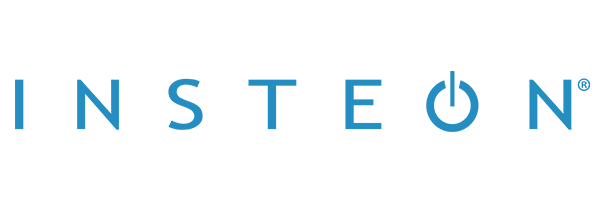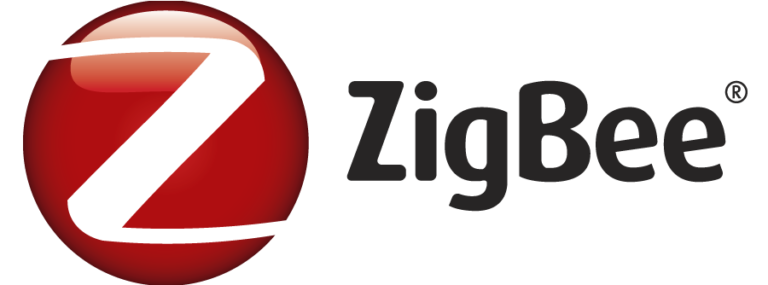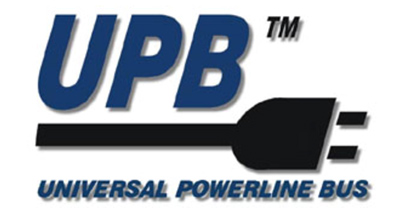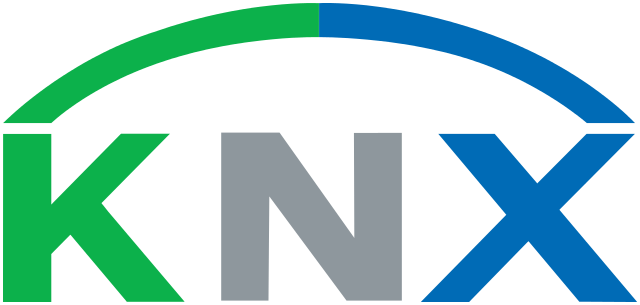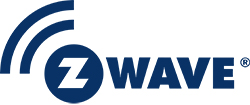Insteon
Insteon tries to combine the best of both worlds which means it supports powerline communication as well as radio frequency communication. Considering it only as a protocol would be an understatement. It is rather a complete technology stack which also consists of separate protocols for the two different types of communication. It is also compatible with X10 and can help you to bridge the gap between your old powerline home automation and the newer wireless home automation devices. But X10 and Insteon commands are not the same. The chips of these devices rather have the capability to also receive and transmit X10 commands.
The Insteon technology was invented by the company with the same name. The latter was founded by Joe Dada who is a renowned Home Automation entrepreneur. The technology was released in 2005 after several years of development. According to Dada Insteon is the only dual-band (RF and powerline) mesh network in the world.
Insteon Wireless Communication
The wireless network layer of the Insteon protocol stack operates on 902 to 924 Mhz and uses frequency-shift keying modulation. If the line of sight is unobstructed the communication range can reach up to 150 feet.
Insteon Powerline Communication
The physical powerline communication layer of the Insteon protocol stack operates on 131.65 kHz and uses binary phase-shift keying modulation. The communication over the electric wires also acts as a backup system for the wireless communication incase there are interferences.
Since Insteon is optimized for low power usage the bandwidth is optimized for commands and therefore quite limited. That is why the average speed is only 180 bits per seconds while a single packet can also temporarily reach data rates up to 13 kilobits per second. Insteon devices have their own unique identifier code similiar to a MAC address for network interfaces. It doesn’t need a house code like the X10 protocol.
